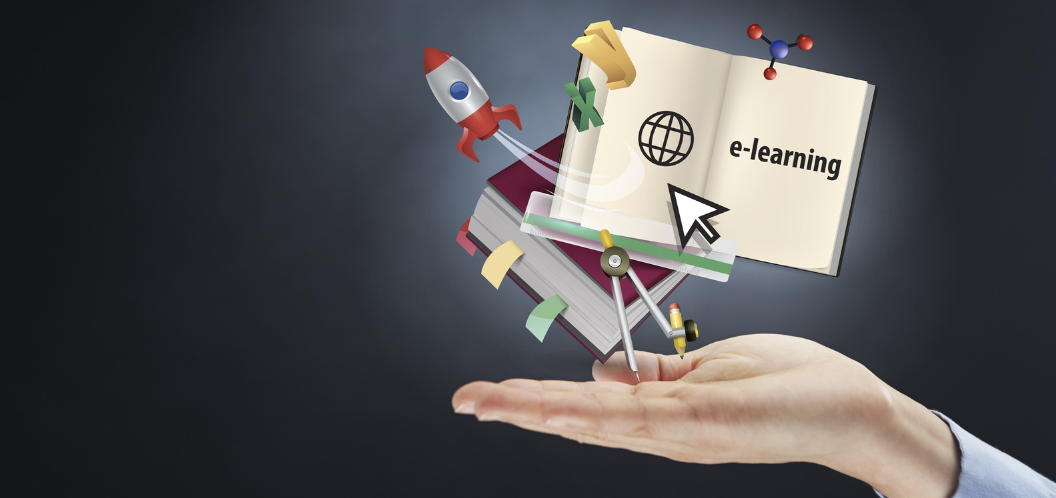The new DepEd Secretary, Sonny M. Angara issued Executive Order Number 61 today, July 22, 2024. This is to clarify the understanding of RPMS for teachers.
Nine Key Learning Theorists in the Field of Thinking and Learning
In an article excerpt from F.J. King, L. Goodson, and F. Rohani about “Theories Related to Learning and Higher Order Thinking Skills,” Dewey describes the process of thinking as sequenced chaining of events from reflection to inquiry, and critical thought processes to a substantiated conclusion. Dewey explains that thinking processes occur when there is an issue or question, doubts, or confusion. The decision-making can be affected by culture, experience, passion, and interests through time and experience.
The following theorists illustrate the work of key learning with diverse frameworks from simple to more involved stages.
The Developmental Stages According to Jean Piaget
Development stages are part of a theory about the phases of normal intellectual development, from infancy through adulthood. From the adolescence to adulthood stage, they develop skills by use of symbols to relate to abstract concepts, able to make hypotheses, and grasp abstract concepts and relationships.
Jerome Bruner’s Developmental Stages
According to Bruner, cognitive development may happen simultaneously, thus he introduced the “spiral curriculum” – a curriculum design in which key ideas are given repeatedly throughout the curriculum, but with deepening layers of complexity, or in further applications.
Benjamin Bloom’s Taxonomies
The taxonomies cognitive, affective, and psychomotor, according to Bloom, deliver a ground for higher levels of learning. He adds that “Comprehension and application form linkages to higher-order skills that include analysis, synthesis, and evaluation.
Robert Gagne’s Taxonomies of Learning
Intellectual skills form with establishing an order according to skill complexity. Intellectual skills include discrimination, concrete concept, rule using, and problem-solving.
Marzano’s Dimensions of Thinking
Marzano’s dimensions of learning model are considered as an instructional classroom framework that concerns five procedural steps focusing on the interaction between five dimensions of learning and the learners’ experience: Positive attitudes and perceptions about learning, acquisition, and integration of knowledge.
Robert Glaser’s Dimensions of Thinking and Learning
According to Glaser, the types of thinking required for problem-solving conceives in a sensed difficulty, condition of doubt, or confusion.
Lev Vygotsky’s Concepts of Cognitive Development
Vygotsky theorized that cognitive capabilities are socially guided and made. Culture acts as an intermediary for the formation and development of distinct abilities, such as learning, memory, attention, and problem-solving. He adds that social interaction is central to learning.
Haladyna’s Thinking and Learning Dimensions
Thomas Haladyna said the intricacy of thinking and learning dimensions can be used for four types of content (facts, concepts, principles, and procedures).
Howard Gardner’s Multiple Intelligences
Gardner’s theory of multiple intelligences suggests that people are not born with all of the intelligence they will ever have, but constitute parts of an individual’s personality and abilities. Multiple intelligences are independent of each other and account for the range of abilities used in different aspects.

Of all the thinking and learning developmental stages, Howard Gardner’s theory of Multiple Intelligences is what I consider to be personally significant to me. I am not saying that it’s the best of all theories nor it’s the most accurate but this appeals to me much due to my own conviction that each one is unique, that every individual has the ability and capability to be a creative and critical thinker.
During my second year of college at Notre Dame of Marbel University, I personally sent a letter about my learning and insights after reading Howard Gardner’s book on Multiple Intelligences. I didn’t expect a response to my letter but to my surprise, the author himself sent me a handwritten reply with a couple of books about Multiple Intelligences.
From my own learning about Multiple Intelligences, I am able to diversify my approach to teaching as a public school teacher. Through differentiated instruction, I am able to apply and facilitate learning for learners with different abilities and capabilities. The instructions became my springboard to elicit higher-order thinking skills and reasoning abilities.
Discover more from The Innovative Educator
Subscribe to get the latest posts sent to your email.



This Post Has 0 Comments